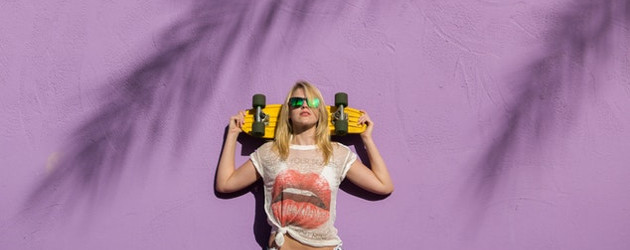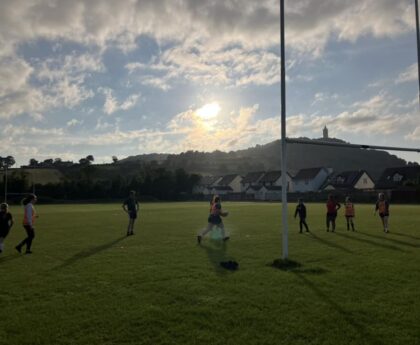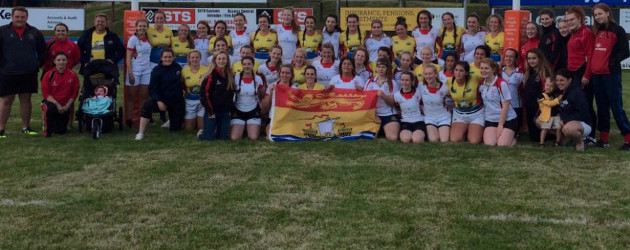Do different colours affect performance in sports?
The theory that different colours affect our emotions is popular and widespread – but can it be proven? Does green make people feel calm? Does yellow bring energy and make people think of the sun? Does a person wearing a white shirt seem more confident than a person wearing an orange shirt?
Our response to different colours is dependent on a few different factors such as culture, upbringing and life experience. Let’s take an extension from that — if colour can affect us mentally, can it affect us physically? If our moods are heightened or dampened based on colours, it would make sense that colours could be used as a means to amplify performance in athletics. Red is often cited as a confident or even aggressive colour; blue for calmness. Green often denotes health, and black has connotations of death in many cultures. It has been cited by numerous sources that teams wearing a red sports kit are more successful. But is this always the case?
How do we apply this to running clubs? The main purpose of club colours is, at base, to identify runners on the track. For example, the Edinburgh University Hare & Hounds Running Club wear green, whereas the Glasgow University club colours are black and gold.
Hill and Barton conducted a study regarding combat sports, and concluded that red had a higher success rate than blue due to red apparently sending a message of aggression and dominance to the opponent. But another study of Judo athletes showed blue contestants had a higher victory rate than those wearing white. According to researchers, the study was not wholly controlled — the blue-kit wearing contestants were seeded as the top 11%. Due to this, even in the loser’s pool, the athletes in blue had competed in one less match, and had had longer rest periods. Another study corrected these variables, and found uniform colour had little impact on success.
Minnpost dug a little deeper into the matter, and found an alternative view on the issue from psychologist Tom Stafford. He suggested that the colour of kit didn’t impact the athletes as much as they impacted the referee — and he used studies of digital colour manipulation to support this theory, in which referees were shown images with the colours worn by contestants altered. The referees awarded more points to those photoshopped in red kit than in blue. Could it be that the colour of sportswear has more of an effect on the people watching than the athletes themselves then?
This theory makes sense; after all, sports performances are watched by people who want entertainment. Perhaps the choice of colour in sportswear is less to do with trying to increase the chance of winning, or putting off the opponent, but instead generating a sense of excitement and energy in the crowd watching.
That doesn’t mean that athletics and colour psychology can’t mix. But instead of looking at what we wear when we go for a run or perform sports, perhaps we should be considering our surroundings instead.
Swiss running website On suggests that the real power of colour psychology in athletics comes from the colours of a runner’s surroundings. The example posed is that running in a grey room may be uninspiring and clinical, whereas running in a colourful room might perk the athlete up more. They go on to apply that theory to running outdoors versus running indoors — running in a green field, under a blue sky, for instance, would likely be a more positive experience for the runner than running on a treadmill indoors. The sight of these colours could make for a happier athlete who, in turn, may perform better.
Colour psychology can certainly be deployed in the world of athletics. But if a team or athlete wins where another doesn’t, it’s unlikely because he or she chose to wear a red shirt.










